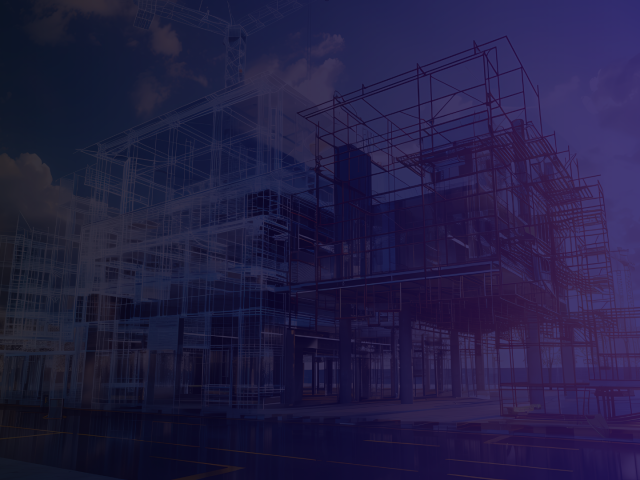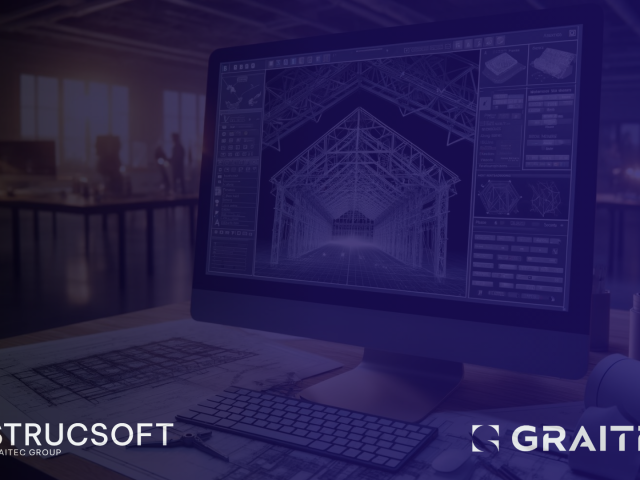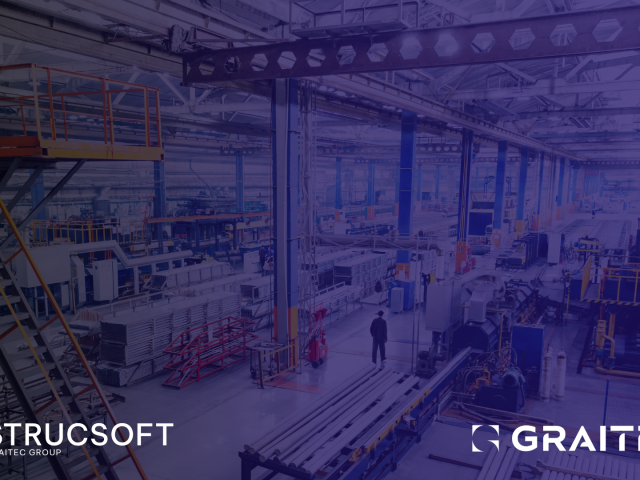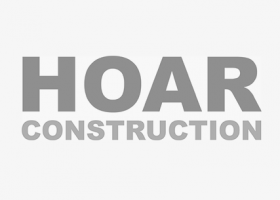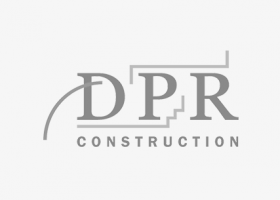Wood has been the traditional go-to material when choosing to build and frame a home for centuries. The 2 x 4 stud has been a staple of residential construction, and may remain so for a while. Light gauge steel on the other hand has become a viable contender to traditionally wood framed homes, offering homebuilders the choice of framing entirely with steel, or reinforcing wood framed homes with light steel components.
However as the world and the construction industry shift towards sustainable and eco friendly building practices, the ongoing wood vs metal framing debate takes a turn towards the environmental impact of choosing either material.
Touching upon the energy efficiency, cost, durability, recyclability, and carbon footprint of each material, this blog will highlight the pros and cons of the two most popular farming materials in the built environment.
Wood Framing: Pros & Cons
The only renewable resource that is used for construction and one of the oldest natural building materials known to man, wood holds a unique place in the pantheon of construction materials. It is readily available to all but those living in desert regions
Cons
- Deforestation: As the demand for wood increases, economies that do not practice sustainable harvesting practices, risk enduring deforestation, or end up having to rely on foreign imports which are subject to market volatility.
- Vulnerability to the elements: Wood is a porous material that naturally absorbs moisture from the environment, potentially causing it to swell, warp or decay over time. Due to being susceptible to rot and insect damage wood requires higher maintenance compared to steel. It is combustible and does not boast the same level of fire resistance as steel structures.
- Structural limitations: Excluding structural timber (LVL, CLT) which is typically used in large scale construction, the wood used in small scale construction has a lower strength-to-weight ratio compared to steel. In other words it is less capable of covering longer distances without additional support. Usually, buildings that use wood as a structural material will nevertheless use steel components for reinforcement.
Pros
- Carbon absorption: A standout quality of wood is its ability to store or sequester carbon, throughout the lifecycle of the building.
- Costs: Wood construction can be cheaper compared to steel for low-rise buildings and homes. It is typically cheaper to harvest and process wood compared to the energy intensive and complex methods involved in steel production.
- Low thermal conductivity: Wood has natural insulating properties which help reduce heating and cooling costs in buildings. Particularly in colder climates, wood stores heat during the day and dissipates it at a slower rate than steel, thereby reducing heating costs.
Steel framing: Pros & Cons
Cons
- High carbon footprint: Steel production involves the use of coke, a crucial ingredient in the steelmaking process. Coke is created by burning coal in the absence of air, releasing gasses harmful to the environment.
- Higher cost of production: Steel production involves energy intensive and costly processes such as mining, refining iron ore, whereas wood on the other hand can be harvested and processed into a usable product at a relatively lower cost.
- Thermal conductivity: Steel conducts heat effortlessly, causing it to absorb and retain heat in hot climates, while in cold climates, it dissipates heat rather quickly. This requires builders to consider additional insulation materials in order to reduce costs associated with temperature regulation.
Pros
- Recyclability: Steel can be recycled and reused infinitely without losing its quality or structural integrity. It also contributes to waste reduction as scrap steel can not only be recycled and re-used, but also used as a source material to produce new steel.
- Reduced Waste: Steel framing can be designed and manufactured in a controlled factory setting, and transported on-site for assembly, thereby reducing the waste and debris that would potentially accrue as a result of traditional construction methods.
- Design flexibility: Due to the uniformity of steel and its high strength-to-weight ratio, steel can be cut and molded into various configurations and sizes to meet complex structural and architectural challenges, provided one has the right equipment to cut and shape it.
Both metal framing and wood framing have their benefits and drawbacks when it comes to their environmental impact, which starts from the very initial stages of their production. As economies invest in sustainable harvesting practices for wood, steel manufacturers look for greener methods of steel production to reduce its immense carbon footprint. Ultimately, the choice is not as important as using both materials in an environmentally friendly way.
For more information on our products or design services, visit strucsoftsolutions.com, or email us at info@strucSoftsolutions.com
